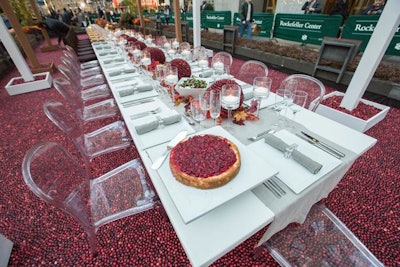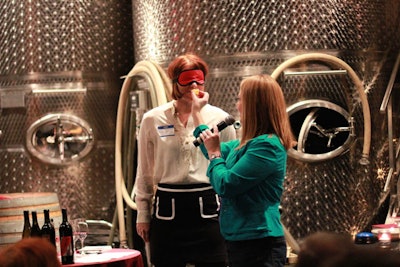
Known as the Standup Sommelier and the Wine Coach, Laurie Forster is a Maryland-based wine expert and comedian who leads teambuilding experiences for groups throughout the country. One of her offerings, "Something to Wine About," combines a one-hour comedy show with a wine tasting and includes audience participation and games. Throughout her act, Forster offers wine education. Group sizes vary depending on location.
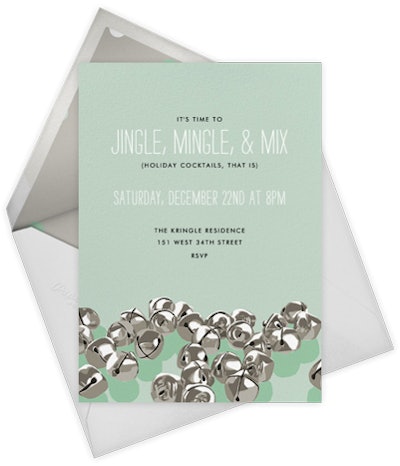
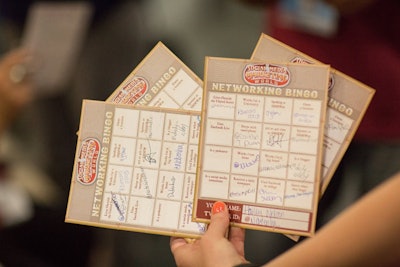
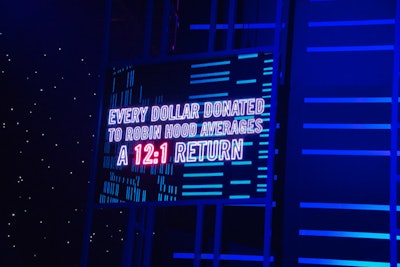


Wool and the Gang delivers full “knit kits,” including yarn, chunky needles, easy-to-follow patterns, and a link to online video tutorials, to offices or event spaces for knitting parties. (The repetitive action of needlework can reportedly induce a relaxed state like that achieved with meditation and yoga.) Projects range in difficulty from a clutch, pillow cover, knit snood, crochet snood, and hat; items will change for spring and summer season. The party hosts receive their kits for free, while guests receive discounts on their kits, ranging from $27 for a clutch to $35 for a snood or hat. Knitters can also attend preplanned parties that Wool and the Gang hosts in cities around the country. Tickets are approximately $40, depending on the project; the price includes the materials needed.
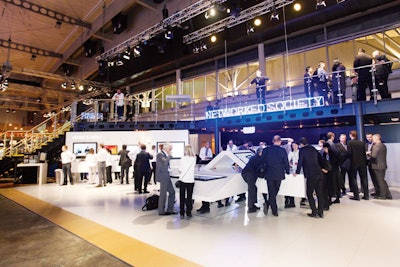
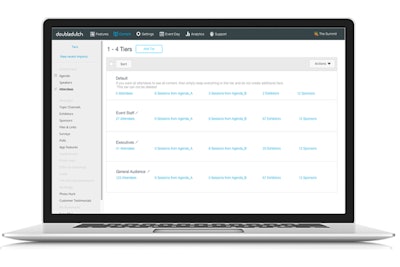
On Wednesday, DoubleDutch released four updates to its Live Engagement Platform. The new features are intended to help planners use content more effectively to improve the attendee experience. The new capabilities include an option for planners to personalize in-app content and its visibility to specific subsets of attendees. The revenue manager makes it easy for planners capture new revenue streams by offering exhibitors and sponsors a way to distribute content, promote live meetings, and maximize ROI. There’s also a feature to help attendees navigate complex agendas and identify topics of interest.
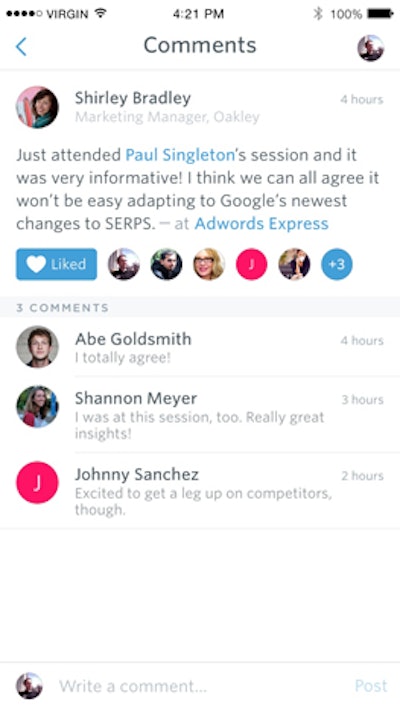
Interact is a feature that launched on Wednesday in all Guidebook app paid plans. Interact allows attendees, sponsors, and planners to connect using Facebook-like social engagement strategies. Users can tag people, tag sessions, and track likes and comments. Each session has a dedicated discussion tab so attendees can share their thoughts on speakers and topics. Sponsor posts, which can include images or links, are integrated into the feed to maximize sponsors’ visibility. Planners can also use the system to track attendee feedback and to provide updates to everyone or to individual attendees.
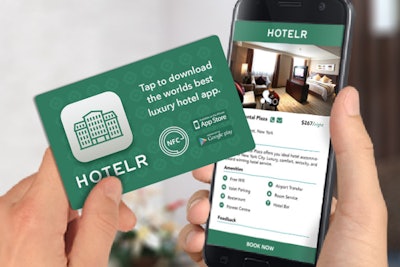
In early August, Tactify launched a new option for cloud-based interaction at events. Tappcards are like credit cards that come pre-programmed with content, such as a direct link to download an event app, exhibitor information, digital brochures, PDFs, and more. Users access the content by either tapping the card to an NFC-enabled phone, scanning the QR code on the card, or typing in a short URL. Planners can create a custom design on the card to reflect their event’s brand, and they have access to an online dashboard to track interactions and change content instantly.
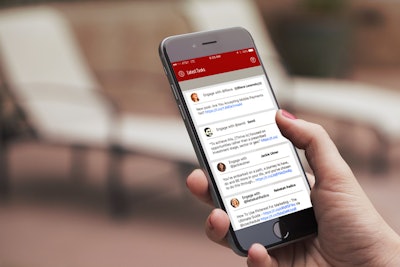
Meshfire uses artificial intelligence to help planners find influencers, conversations, and marketing opportunities around their events. Users create a set of goals known as a mission, tied to a Twitter handle. Meshfire filters conversations and prioritizes them in a task board. It can also create smart lists to add people automatically based on keywords. In late July, the company launched a mobile app so users can work on task boards and get alerts on the go.
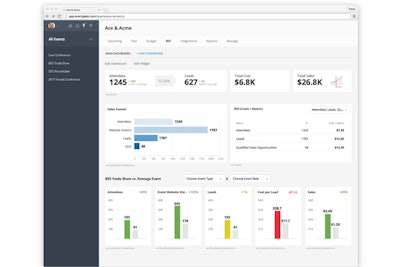
EventGeek is a new system to plan events and to track their success at driving sales, site traffic, social mentions, and more. Planners can use EventGeek to track everything related to event marketing in one place: budgets, expenses, itineraries, venues, guests, and sales. It’s integrated with other tools, such as Salesforce, Twitter, and Google Analytics, to make it easier for hosts to understand outcomes. The system also has a schedule feature that allows planners to put together a minute-by-minute agenda that can be printed, shared with a link, or sent to someone else’s calendar.
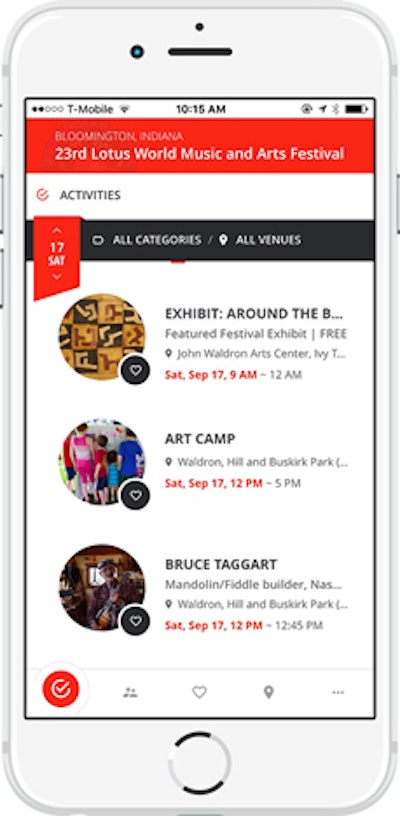
Rendezville is an app that launched in April, targeted to small-to-medium-size festivals, conferences, and events. The system operates as a Web app, meaning users don’t have to download it to their phones. Instead, they choose “add to home screen” and a link to the app will reside there. Planners can customize the look of the app so it matches their events. Content can include schedules, maps, bios, photos, and links to SoundCloud, YouTube, and social media. Organizers can test the interface for free, and only pay if they decide to publish.

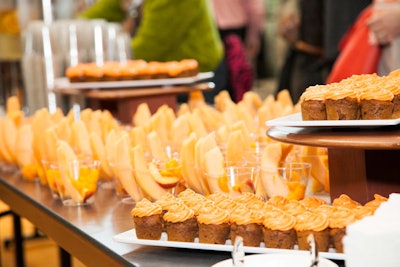
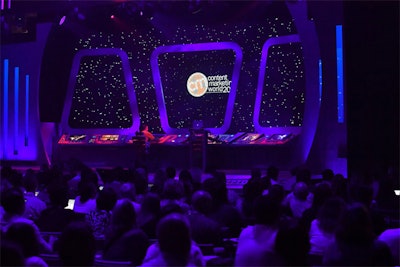
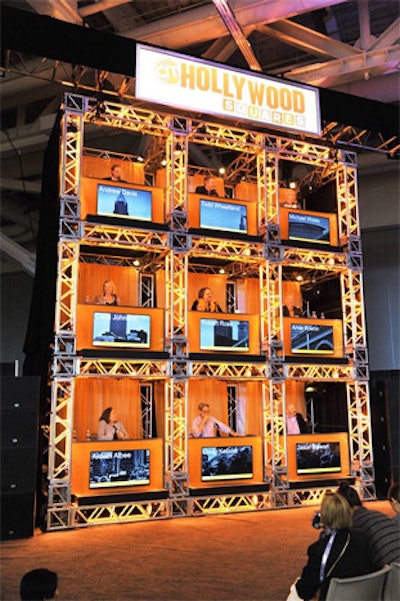
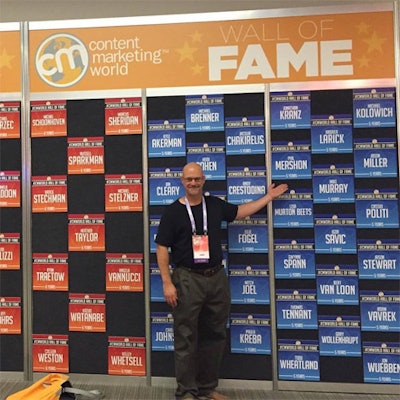
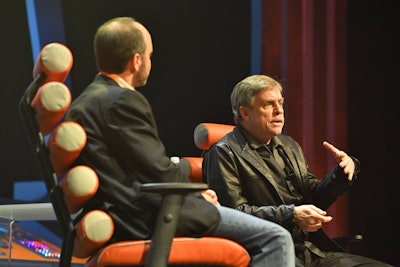
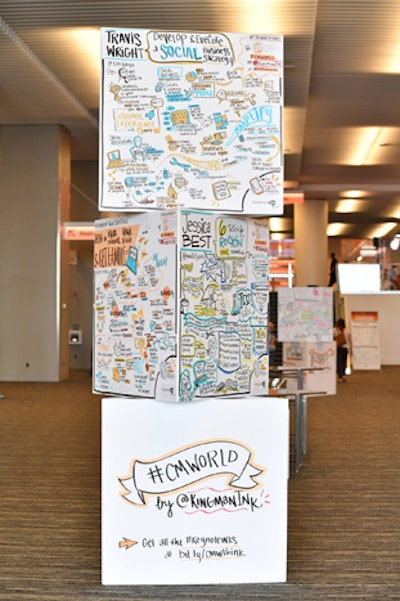
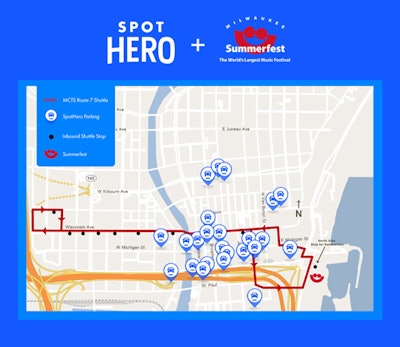
In mid-September, SpotHero launched a new service to help planners provide parking for their guests. SpotHero for Events allows guests to find and reserve parking in advance through a mobile app and website. The system operates in real time to reflect street closures and construction. Planners can embed the custom parking landing page on their event’s website and in emails and other communication materials so guests can reserve a spot with one click. The system is currently available in 15 cities across the United States, including Chicago, Los Angeles, New York, and Washington, D.C.
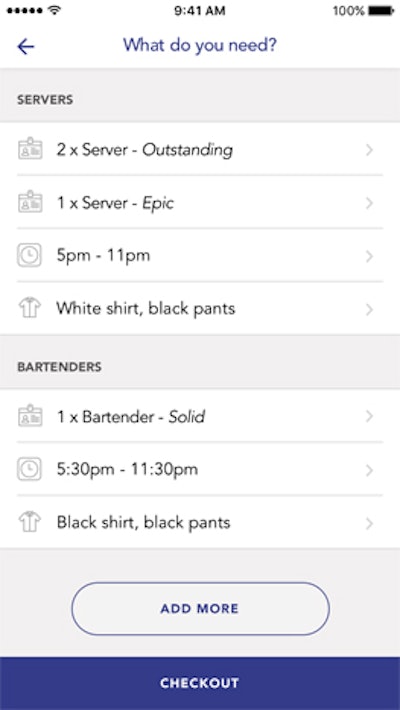
Jitjatjo is an app to facilitate on-demand temporary staffing for venues, caterers, events, and more. When a user requests staffing, the app handles the entire process from hiring through payroll. Requests can be made as late as an hour before a scheduled shift, for examples to replace people who have called in sick or simply don’t show up. The app analyzes requests and selects talent based on their experience, location, skills, availability, history, and ratings. Users can also request specific attire, include details regarding an assignment, and send messages in the app without having to share their contact information. Jitjatjo launched October 18. Currently, the service is only available in New York, but the company is making plans to expand to other cities.
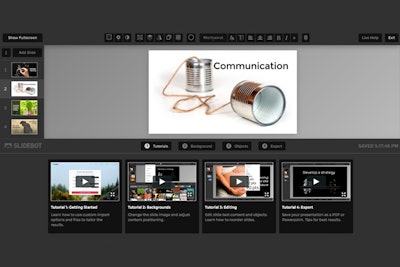
SlideBot is a tool to help people create engaging presentations. Users either type content directly in SlideBot or import an existing PowerPoint or Word file. The system uses “natural language processing” to understand the presentation’s content and then searches its database of more than 25 million images to find those that are most appropriate. After identifying images, SlideBot uses thousands of design rules to place the text on the images. Users can also choose from more than 800 icons and symbols to customize the presentation. Users can present directly from SlideBot or they can export a fully editable version to Powerpoint. The system costs $19 per month or $179 per year.
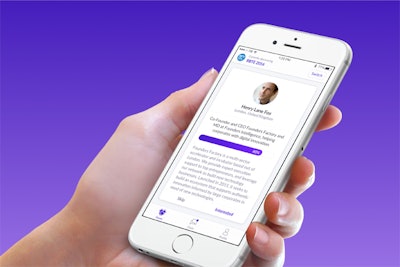
Grip is an app to facilitate networking at events. Similar to dating apps, Grip requires both parties to express an interest before connecting. Once two people both express an interest, that triggers a “handshake” in the app and the two people can then communicate through in-app messages to share ideas and arrange a meeting. Users can log in with their LinkedIn or Facebook accounts and also add a description about their interests. The system’s algorithm uses that data to recommends people to meet. Users can also join any of the more than 500 networking communities that exist within the app. In addition to the Grip app, the company also offers a white label version for events and planners can also integrate Grip’s API into their existing app or website.
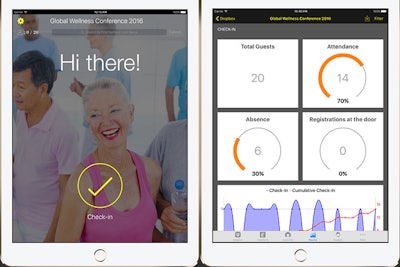
Guesto is a new app that launched in October that allows planners to check in guests and print name tags using an iPad and small label printer. Planners can create custom badges with their event’s logo, and import events and guest lists from Eventbrite or a simple spreadsheet. Guests can be identified for check-in either by searching for their name or by scanning a barcode or QR code.
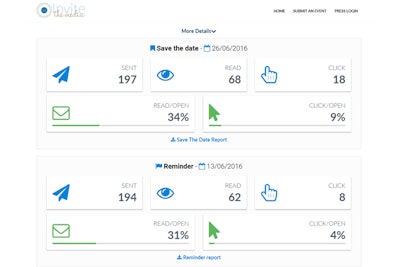
Invite the Media is an online system to get journalists, bloggers, and influencers to an event. Planners fill out a form to indicate the date, time, location, and registration page of the event as well as details about the type of event (a conference, trade show, or fund-raiser, to name a few examples) and social media links and hashtags. The system then selects who in its database of more than 1 million media representatives in 150 countries would be suitable to receive the information. Reporters opt in to the media list so when an event matches their profile of interests it also triggers an invitation. The system sends reminder emails and provides tracking and metrics at the conclusion of each campaign. The company reports it has sent more than 450,000 invitations to date. Pricing ranges from $79 to $499.

Swoogo is a comprehensive planning system to manage an event’s website, registration, and marketing. Users choose a theme and drag-and-drop content widgets to create the event website. The system’s setup wizard can be used to create the registration form, designate registrant types, and add sessions. Pricing is based on how many people have access to create and edit events, ranging from $500 for one “full user,” to $2,000 for eight. All plans can be used for an unlimited number of events and registrations.
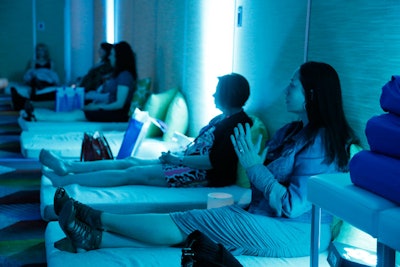
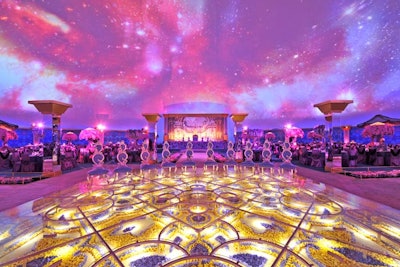
The dance floor is an obvious place to make an impact. For a private event, designer Preston Bailey created a unique dance floor that served as the evening's focal point. Hundreds of flowers were covered in Plexiglas, creating a massive floral carpet. "The result was a statement piece that allowed guests to dance on air," said Bailey.
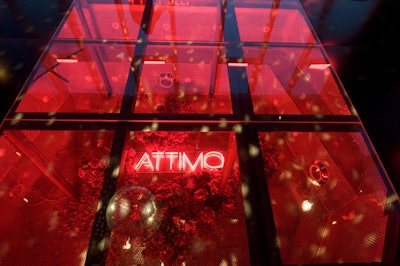
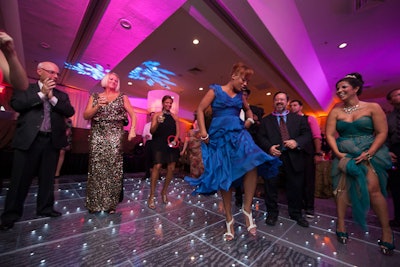
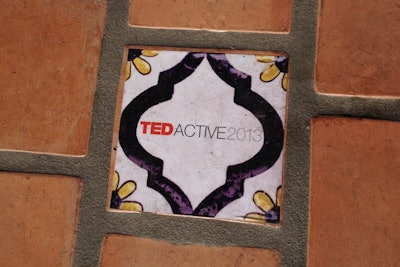
The floor can also be an unexpected place for logos, sponsor information, or branding. The TEDActive conference in 2013 took over some of the host venue's Spanish tiles for its own messaging. The special tiles at La Quinta resort in the Palm Springs area also guided attendees along the walkways to the various event venues on the sprawling property.
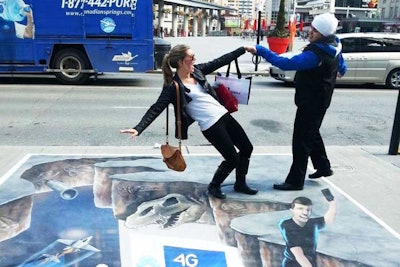
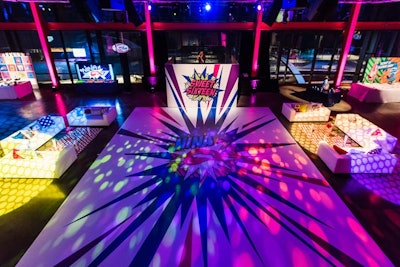
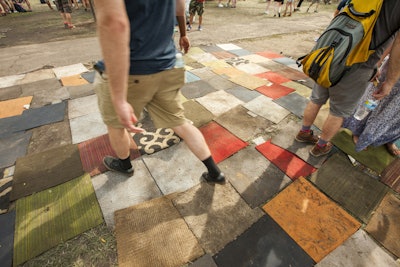
Floor decor can serve a bigger purpose. During Chicago’s Pitchfork Music Festival in 2015, carpet company Flor handed out some 5,000 squares of carpet so that guests could make their own carpeted seating areas on the grass—creating a functional and eye-catching decor idea. When the weather turned stormy during the festival, attendees used the carpets to cover muddy spots on the grounds.
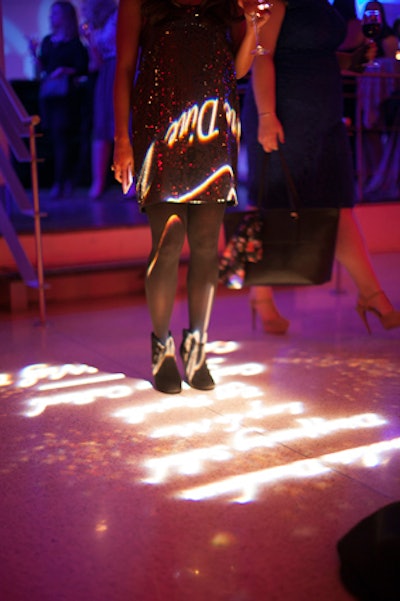
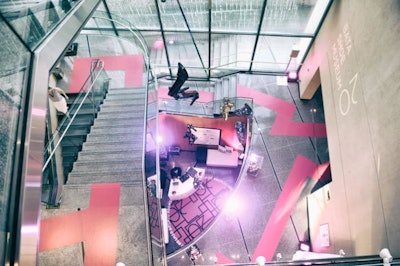
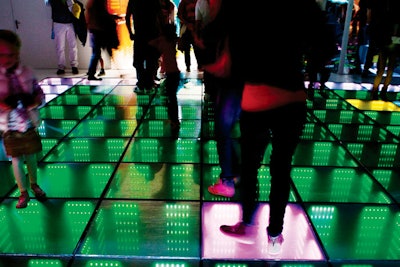
Energy Floors offers human-powered, interactive dance floors for event rentals worldwide. The eight-inch-deep tiles each house small generators; the tiles compress when stepped on, activating the generators to convert the kinetic energy produced by the dancers into electricity. The power can be used to activate the colorful LED light tubes inside the tiles that respond to the movement of dancers or nearby electrical systems.
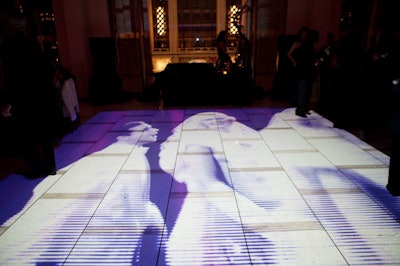
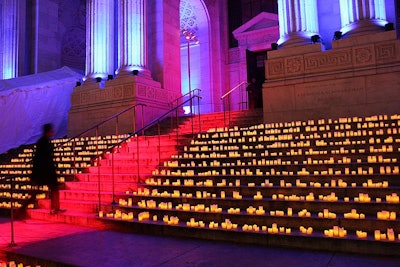
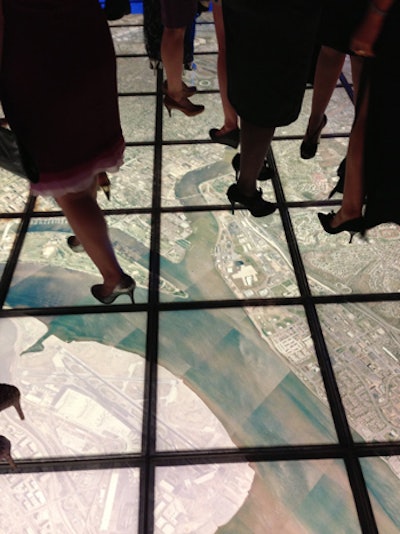
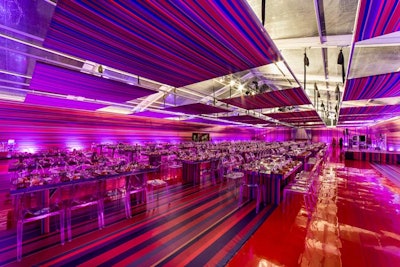
Expanding wall and ceiling decor down to the floor can also have a big impact. At the Museum of Contemporary Art's 2015 Benefit Art Auction in Chicago, colorful stripe-on-stripe decor expanded all the way to the floor, creating an optical illusion. Ghost chairs and striped tables allowed the design to feel fully immersive.
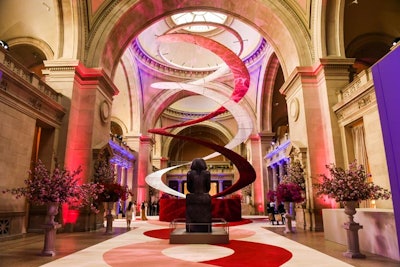
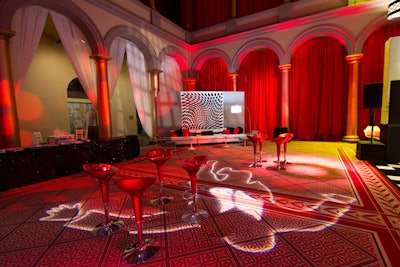
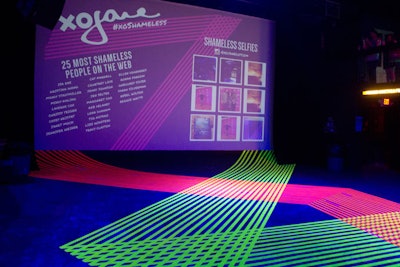
Sometimes all you need is some masking tape. During Austin's 2014 South by Southwest, event production agency MKG brightened up a dark room using neon masking tape and ultraviolet lighting, creating an edgy, Pop Art-inspired look for the party for online magazine xoJane.com.
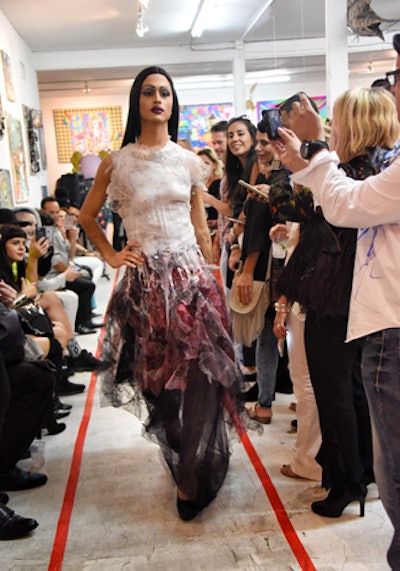
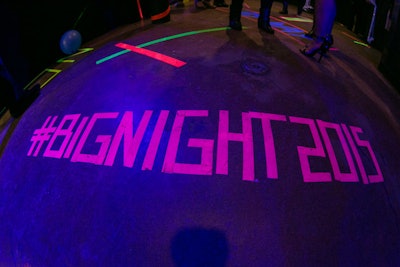
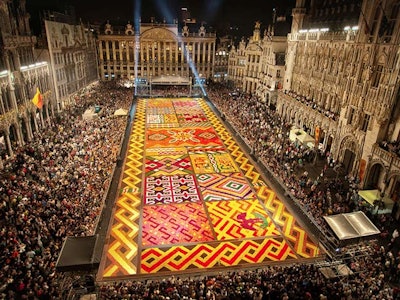
The Brussels Flower Carpet is a 19,375-square-foot mosaic of 700,000 intricately arranged begonias that comes to life every two years for five days during August in the central square of the European capital city. Meant to incite conversation about nature, cities, and art, the designs have typically incorporated themes from Belgium’s history since the first carpet was created in 1971. It takes 100 gardeners four hours to arrange the petals by hand.
